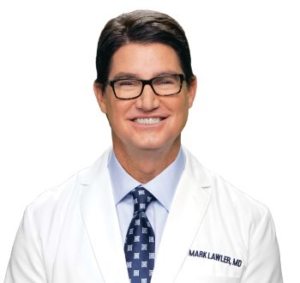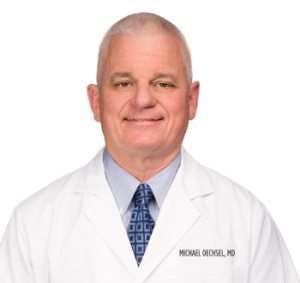Orthopedics, Hip Arthroscopy
and Sports Medicine
More Info
Orthopedics and Sports Medicine
More Info
Ankle Arthritis
Arthritis of the ankle is most commonly a result of prior trauma (e.g., ankle fracture or persistent ankle instability with recurrent sprains). It can cause debilitating pain and limit the quality of life for individuals. Nonoperative treatment includes ankle brace, injections, and modified activities. Like most arthritic conditions, ankle arthritis tends to progress with time. End-stage ankle arthritis can be treated surgically with either an ankle fusion or ankle replacement. If you are younger than 65 years old, our doctors focuse on preserving the joint and aims to get “as many years as possible” from the native joint. This can be achieved through minimally invasive procedures, such as arthroscopic debridement, marrow stimulation, Biocartilage, etc. The definitive treatment of your ankle arthritis depends on many factors, and it would be insufficient to categorize all arthritic ankle conditions under one category.
Ankle Fractures
Ankle fractures can occur from low energy injuries, such as a simple trip and fall, to a high energy injury, such as a motor vehicle accident. Depending on the mechanism, ankle fractures can present as stable or unstable. Stress radiographs along with a detailed clinical exam can decipher stable versus unstable injuries. Unstable injuries typically necessitate surgical intervention, especially those who are community ambulators. We are facile at treating ankle fractures and typically operates on patients with ankle fractures on a weekly basis. Depending on the X-rays, it’s not uncommon to obtain a CT scan to delineate the fracture more acutely and may potentially change the operative plan. For instance, if the CT scan reveals a bone fragment in the joint, our doctors then advocate for an arthroscopic procedure to remove the loose fragment. As in all patients, we approach each patient and case methodically and ultimately has had excellent success in getting patients back to their pre-injury level of activity.
Ankle Instability
Ankle sprains are one of the most common sports injuries that bring patients to a doctors office. Most ankle sprains can be treated conservatively with a brace, physical therapy, and functional rehabilitation. However, a select few do not respond to conservative care. Before a surgical plan is made, a thorough evaluation and a workup are needed because ankle instability can also present with osteochondral lesions of the talus, peroneal tendon pathology, and arthritis. Given the variable presentation, we focus on systematically evaluating each patient to find the source of pain and pathology of his patients since not all ankle instability presentations are identical. If an ankle ligament procedure is warranted, we use the anatomic reconstruction of the ligaments and typically uses biologics (i.e., stem cells) to aid in healing and recovery. Additionally, our doctors use the Internal Brace from Arthrex to allow his patients to begin weight-bearing two weeks after surgery!


